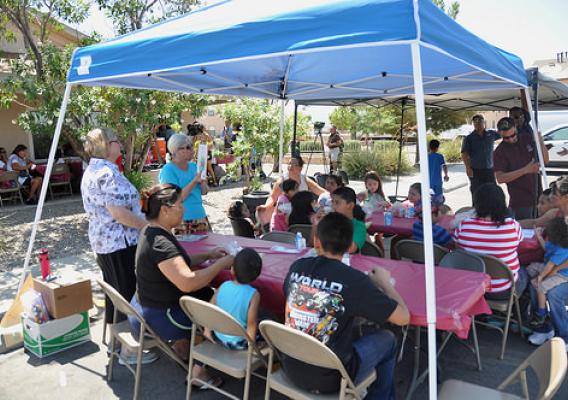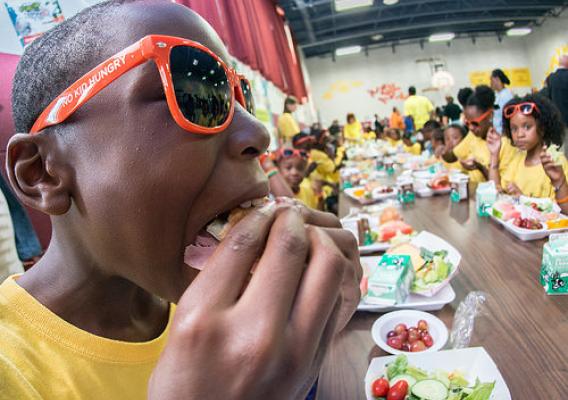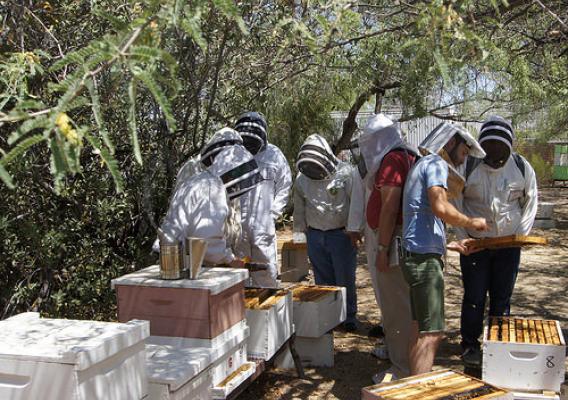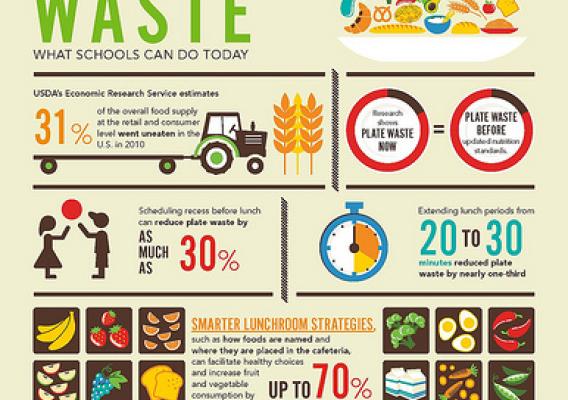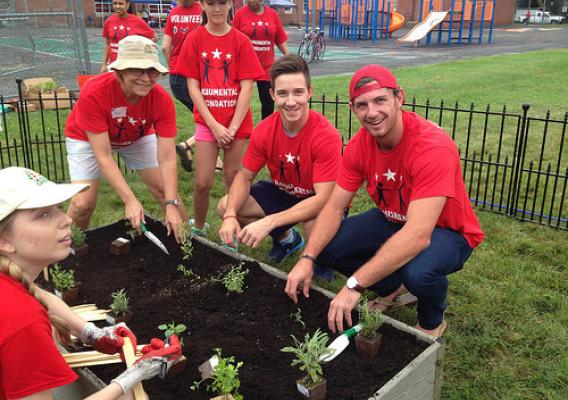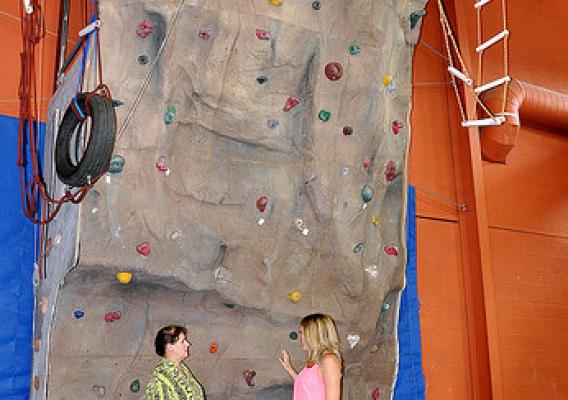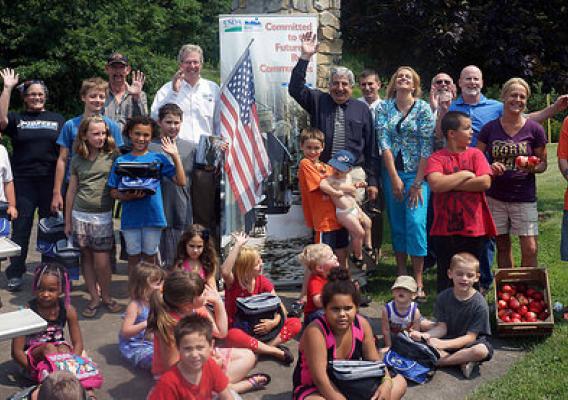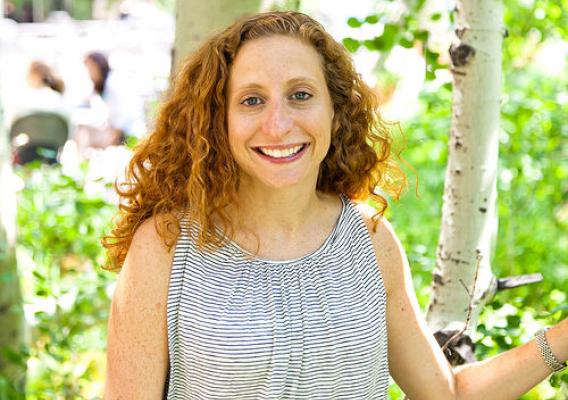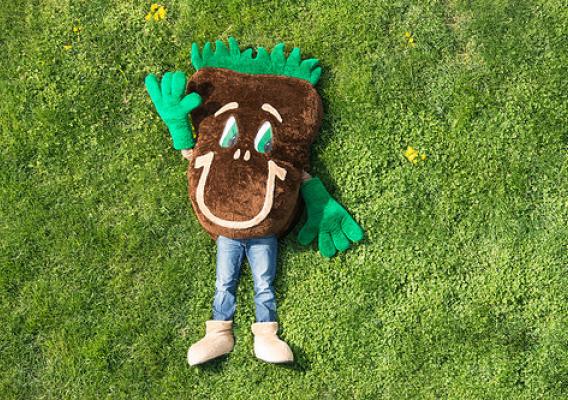As part of our Cafeteria Stories series, Allison Slade, Founder and Executive Director of the Namaste Charter School in Chicago, shares thoughts on why good nutrition is an integral component of a child’s education. She credits the academic achievements of Namaste’s students not only to the academic structure itself, but also to the fresh, healthy meals that are a pillar of the school’s structure. Thank you, Allison, for sharing your story.
Guest Blog By: Allison Slade, Founder and Executive Director of Namaste Charter School
I’ve worn many hats in many schools—I have been a Teach for America Corps member, a Kindergarten teacher, a mentor, a curriculum designer, a literacy specialist, and now at Namaste Charter School, a Founder and Executive Director. Over the years, I’ve heard a lot of reasons why schools should or should not make their students’ health a priority on campus.
When I was a teacher, I watched my students come to school with orange fingers from their cheesy snack food breakfast. By 10:00 a.m., my students were crashing; they couldn’t focus and they certainly couldn’t reach their highest potential, which is every teacher’s mission.


